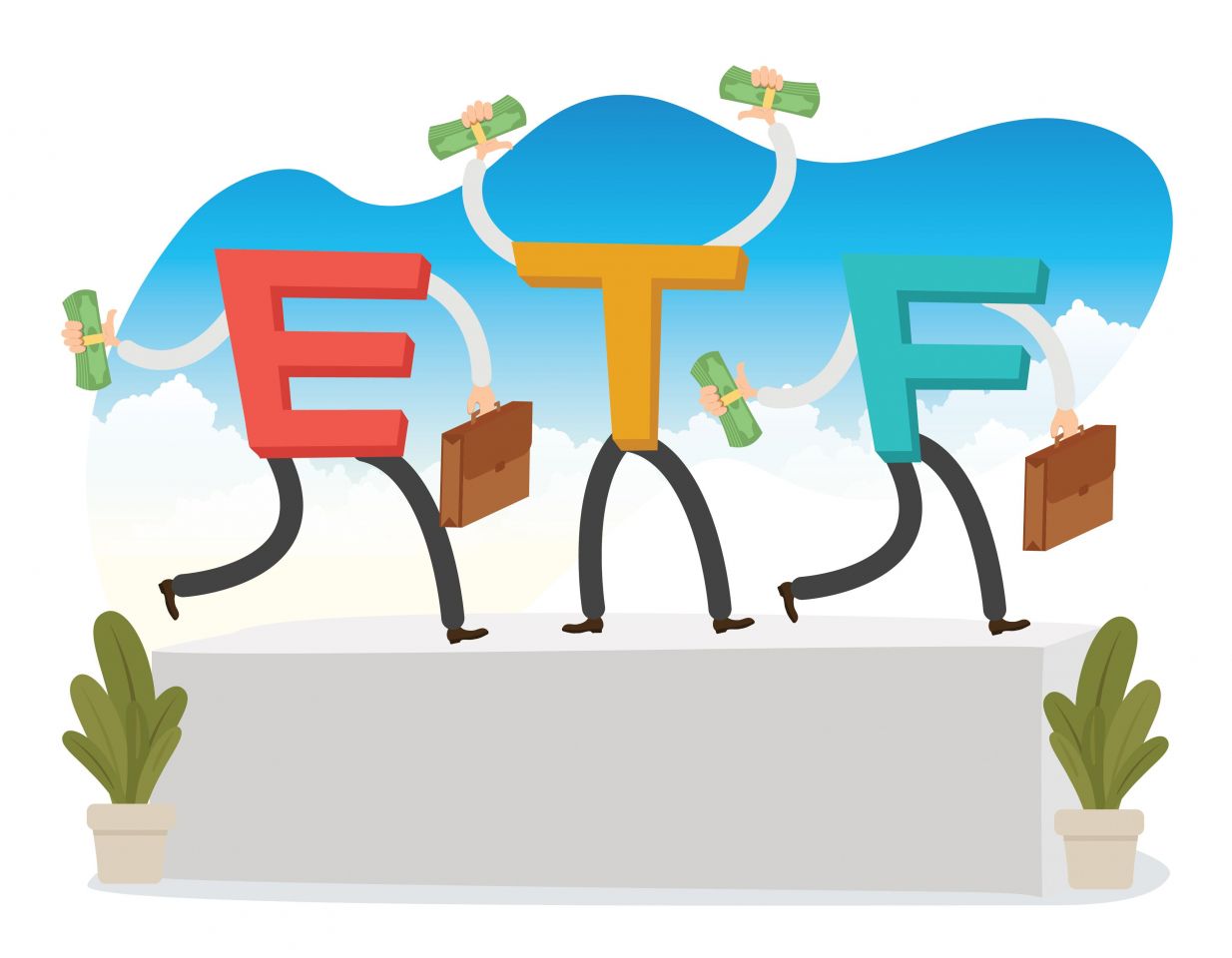What is a bond ETF?

A bond ETF is an exchange-traded fund (ETF) that only tracks an index of bonds. These are traded similarly to stocks on an exchange and can be useful for diversifying an investor’s portfolio.
Key takeaways
A bond ETF is an exchange-traded fund that tracks a bond index, trades like stocks on exchanges, and provides access to hundreds of bonds at once with greater liquidity than individual bonds.
Bond ETFs differ from traditional bonds by having no maturity date and never maturing, which means investors lack the security of guaranteed principal recoupment and can incur losses from interest rate increases.
Bond ETFs provide steady monthly income through interest payments that vary based on the portfolio's coupon payments, offering investors a regular income stream with varying amounts each month.
Investors benefit from bond ETFs through portfolio diversification and cost efficiency, as owning a bond ETF is significantly cheaper than purchasing hundreds of individual bonds while adding stability to investment portfolios.
In 2016, bond ETF investments reached record highs with over $100 billion invested between January and October, representing 24% growth from the previous year and making them one of the fastest-growing financial sectors.
Where have you heard about a bond ETF?
In 2016, the number of investors buying bond ETFs surged to an all-time high. Between January and October, over $100 billion was invested - 24% more than the previous year - making bond ETFs one of the fastest-growing financial sectors.
What you need to know about bond ETFs.
Bond ETFs hold a portfolio of bonds, which gives access to hundreds of bonds at once. These are traded much more easily as the bonds can vary their trade frequency, making bond ETFs much more liquid.
Unlike normal bonds, they don’t have a maturity date, but a weighted average of the maturities in the portfolio is used to give bond ETFs a constant maturity.
The maturity date on a normal bond means that the holder is guaranteed to recoup the cost of the bond. As a bond ETF is constantly buying and selling bonds, it never matures and so it doesn’t offer the same security. Losses can be incurred if the bond values fall due to higher interest rates, as the investor doesn’t have the option of holding the bond until maturity.
However, bond ETFs do offer investors a steady income as they regularly pay out interest – typically monthly. The amount paid varies every month depending on the coupon payment of the bonds in the portfolio.
Investors can also benefit from the diversification that bond ETFs offer. It’s significantly cheaper to own a bond ETF than to own hundreds of bonds individually. Plus, including bonds gives an investment portfolio more stability.
Find out more about bond ETFs.
Learn more about bonds and exchange-traded funds (ETFs) separately with our definitions.